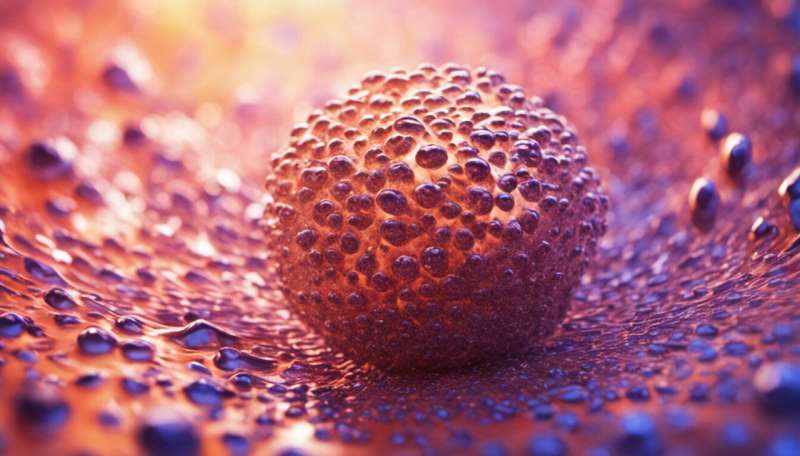An antioxidative stress regulator protects muscle tissue in space

Many kids dream of growing up to be astronauts; but the downside of spending extended amounts of time in low gravity is that astronauts' muscles tend to shrink and weaken through disuse. Now, researchers from Japan have identified a protein that affects how muscles respond to space flight.
In a study published in June 2021 in Communications Biology, researchers from the University of Tsukuba have revealed that nuclear factor E2-related factor 2, or NRF2, helps keep muscles from becoming weak in low gravity.
Muscle atrophy, or weakening, is a common feature of disease and aging. It can also occur after a long period of inactivity, such as during space flight, when astronauts don't need to use their muscles as much as they do on Earth to support their weight or move around. When muscles atrophy in space, they not only decrease in size, but they also tend to lose a type of fiber called 'slow-twitch' and gain more fibers called 'fast-twitch'.
"This conversion from slow- to fast-twitch muscle fibers is closely associated with an increase in oxidative stress," explains Professor Satoru Takahashi, the senior author of the study. "Thus, we expected that removing factors that protect against oxidative stress would accelerate muscle atrophy under microgravity conditions."
To explore this, the researchers deleted the gene encoding NRF2, which helps controls the body's response to oxidative stress, in mice. The mice were then sent to live on the International Space Station for a month. When the mice returned, the researchers compared their calf muscles with those from mice who had spent the same month on Earth.
"We were surprised to find that the Nrf2-knockout mice did not lose any more muscle mass than the control mice under a microgravity environment," says Professor Takahashi. "However, they did show a significantly accelerated rate of slow-to-fast fiber type transition."
In addition to this change in muscle composition, there were also noticeable changes in the way that the muscle tissue used energy and nutrients. This shift in energy metabolism is a common feature of fiber type transition.
"Our findings suggest that NFR2 alters skeletal muscle composition during space flight by regulating oxidative and metabolic responses," states Professor Takahashi.
Given this newly discovered role for NFR2, finding treatments that target this protein could be useful for helping prevent muscle changes in astronauts during space flight. Targeting NFR2 could also be a promising avenue for addressing muscle wasting in diseases like cancer or during the aging process.
More information: Takuto Hayashi et al, Nuclear factor E2-related factor 2 (NRF2) deficiency accelerates fast fibre type transition in soleus muscle during space flight, Communications Biology (2021). DOI: 10.1038/s42003-021-02334-4
Journal information: Communications Biology
Provided by University of Tsukuba




















